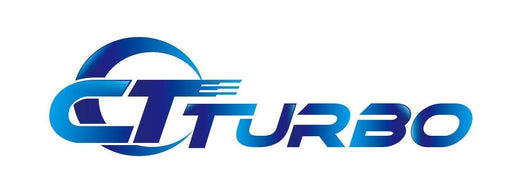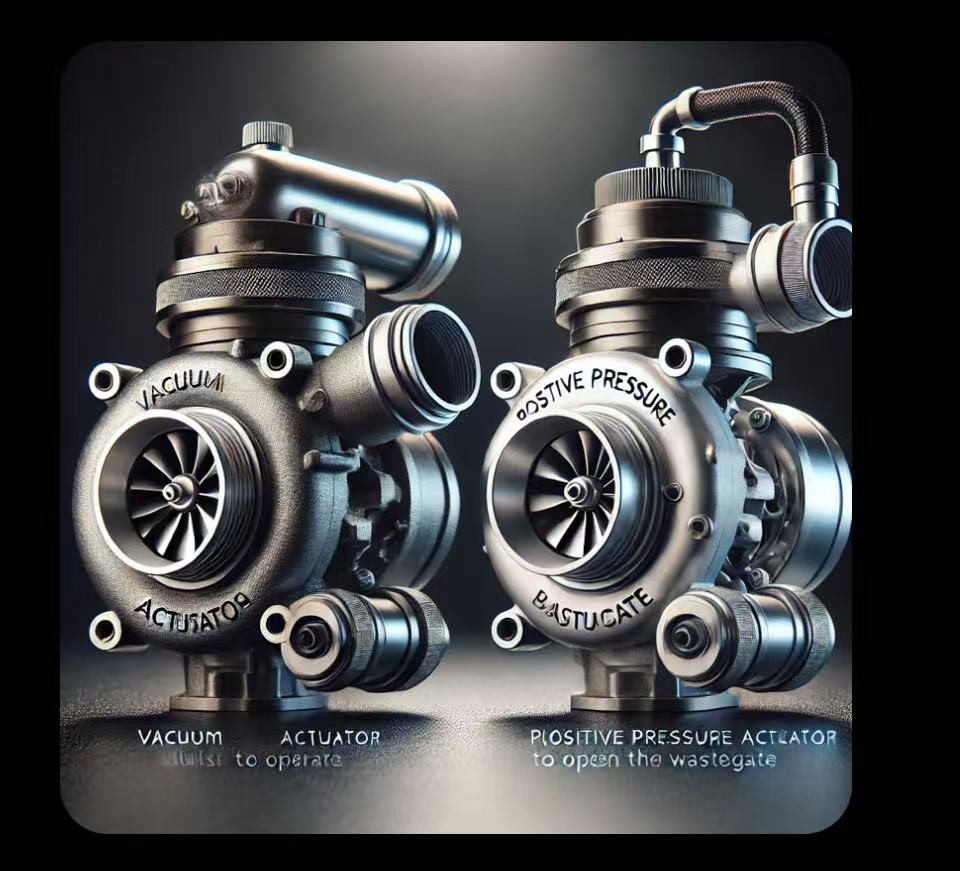The Main Reason Vacuum Actuators Work Better Than Positive Pressure Actuators On Variable Nozzle Turbine (VNT) Turbochargers Comes Down To How They Operate And How They Interact With The Turbine’s Wastegate Mechanism.
Here's a Breakdown Of The Main Reasons:
Vacuum Actuators Provide More Precise And Finer Control Over The Position Of The VNT Vanes. This Is Because Vacuum Systems Typically Use a More Responsive, Softer Force To Adjust The Vanes, Making It Easier To Finely Tune Their Position. This Is Crucial For Optimising Turbine Efficiency And Spool Times, Especially In The Lower Engine RPM Ranges, Where Precise Vane Control Can Help Reduce Turbo Lag.
Positive Pressure Actuators Often Have More Abrupt Response Characteristics, Which Can Make It Harder To Finely Adjust The Vanes, Particularly At Lower Exhaust Gas Pressures. This Can Lead To Less Precise Control And Make The System Less Efficient In Managing The Flow Of Exhaust Gases Through The Turbine.
Consistency And Sensitivity:
Vacuum Actuators Are Generally More Sensitive To Small Changes In Vacuum Pressure. This Allows For a Smoother And More Consistent Control Over The Position Of The VNT Vanes, Which Is Important For Maintaining Optimal Turbocharger Performance Across a Wide Range Of Engine Speeds.
Positive Pressure Actuators, On The Other Hand, Are Less Sensitive, And Since They Often Rely On The Exhaust Gas Pressure & Boost Pressure, Their Control Can Become Less Accurate At Lower Engine Speeds (Where Exhaust Pressure Is Low), Resulting In Slower Or Less Smooth Actuator Responses
Reduced Turbo Lag:
Because Vacuum Actuators Allow For Very Fine Control Of The VNT Vanes, They Help Reduce Turbo Lag, Especially When Transitioning From Low To High Engine Speeds. With Quick And Precise Adjustments, The Vanes Can Optimise The Exhaust Flow Sooner, Helping The Turbo Spool More Quickly And Efficiently.
Positive Pressure Actuators Don’t Provide As Quick Or As Fine-Tuned Adjustments, Which Can Lead To Less Responsive Turbine Behaviour, Contributing To Slower Spool-Up Times And More Noticeable Lag.
Turbocharger Sizing And Efficiency:
The VNT System Is Designed To Work Efficiently Across a Wide Range Of Engine Speeds And Loads, Which Is Where Vacuum Actuators Shine. Their Ability To Maintain Smooth And Precise Control Means The Turbo Can Adjust Itself Optimally To Provide The Most Efficient Power Delivery.
Positive Pressure Actuators May Struggle With This Level Of Precision, And In Certain Conditions, They Could Lead To Over Or Underboosting, Reducing Overall Efficiency.
Durability And Maintenance:
Vacuum Actuators Tend To Be More Durable In Some Systems Because They Work With Less Wear Compared To Positive Pressure Actuators. Positive Pressure Systems Are Often More Exposed To Exhaust Gases And May Experience Higher Temperatures And Pressures, Which Can Lead To Faster Wear And a Higher Likelihood Of Failure Over Time.
Summary:
In Essence, The Key Benefits Of Vacuum Actuators On VNT Turbochargers Are Their Ability To Offer Precise, Smooth, And Responsive Control, Which Is Critical For Optimising Turbo Efficiency And Reducing Lag. Positive Pressure Actuators, While Still Functional, Are Less Precise And May Struggle With Fine-Tuned Control, Particularly At Lower Engine Speeds Where Exhaust Pressure Is Lower.
So, Overall, Vacuum Actuators Provide a Better, More Responsive Control Mechanism For The VNT System, Leading To Improved Turbo Performance, Better Fuel Efficiency, And Reduced Turbo Lag.

